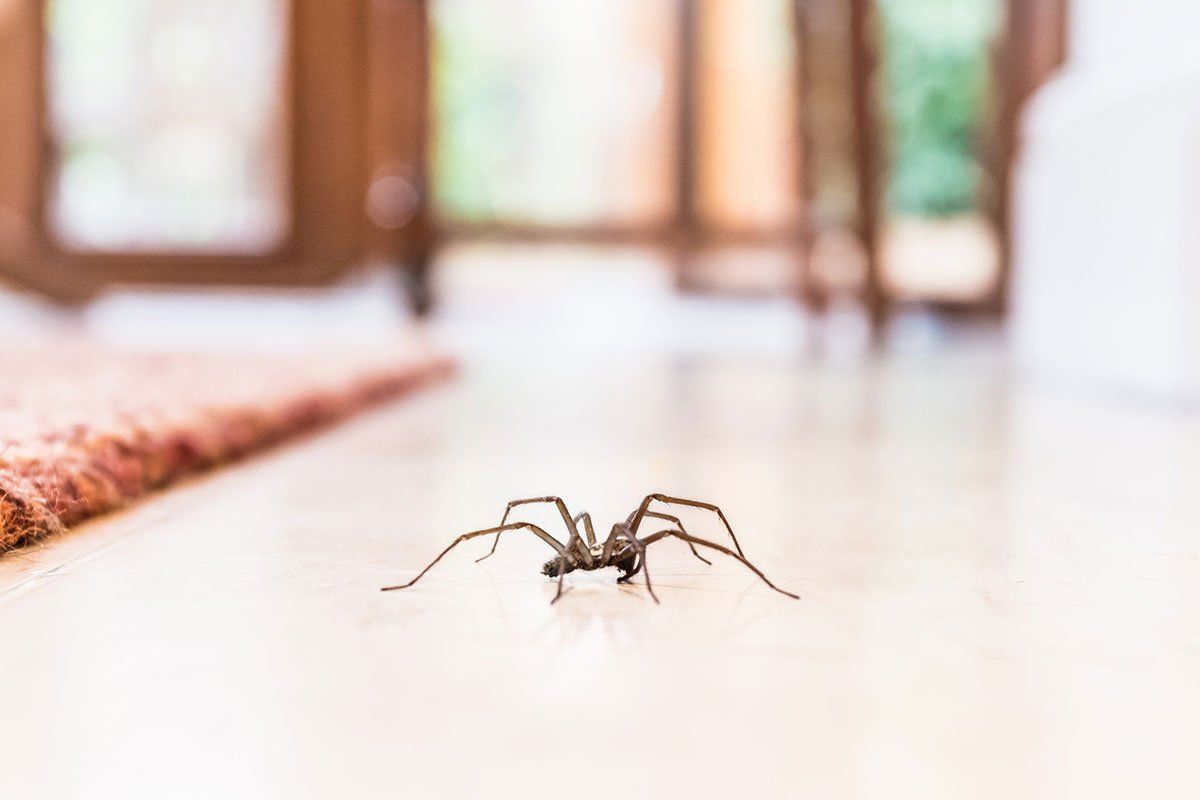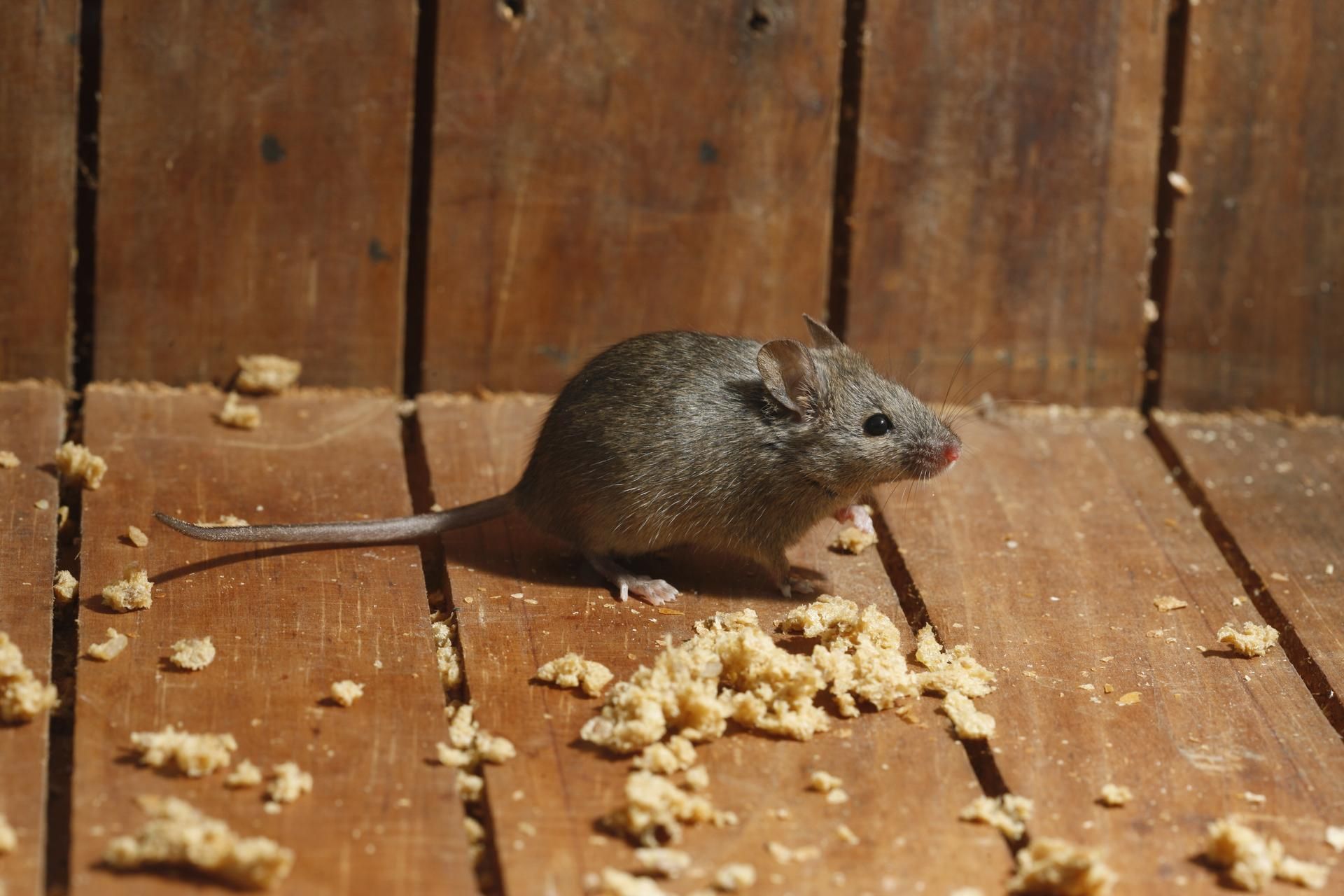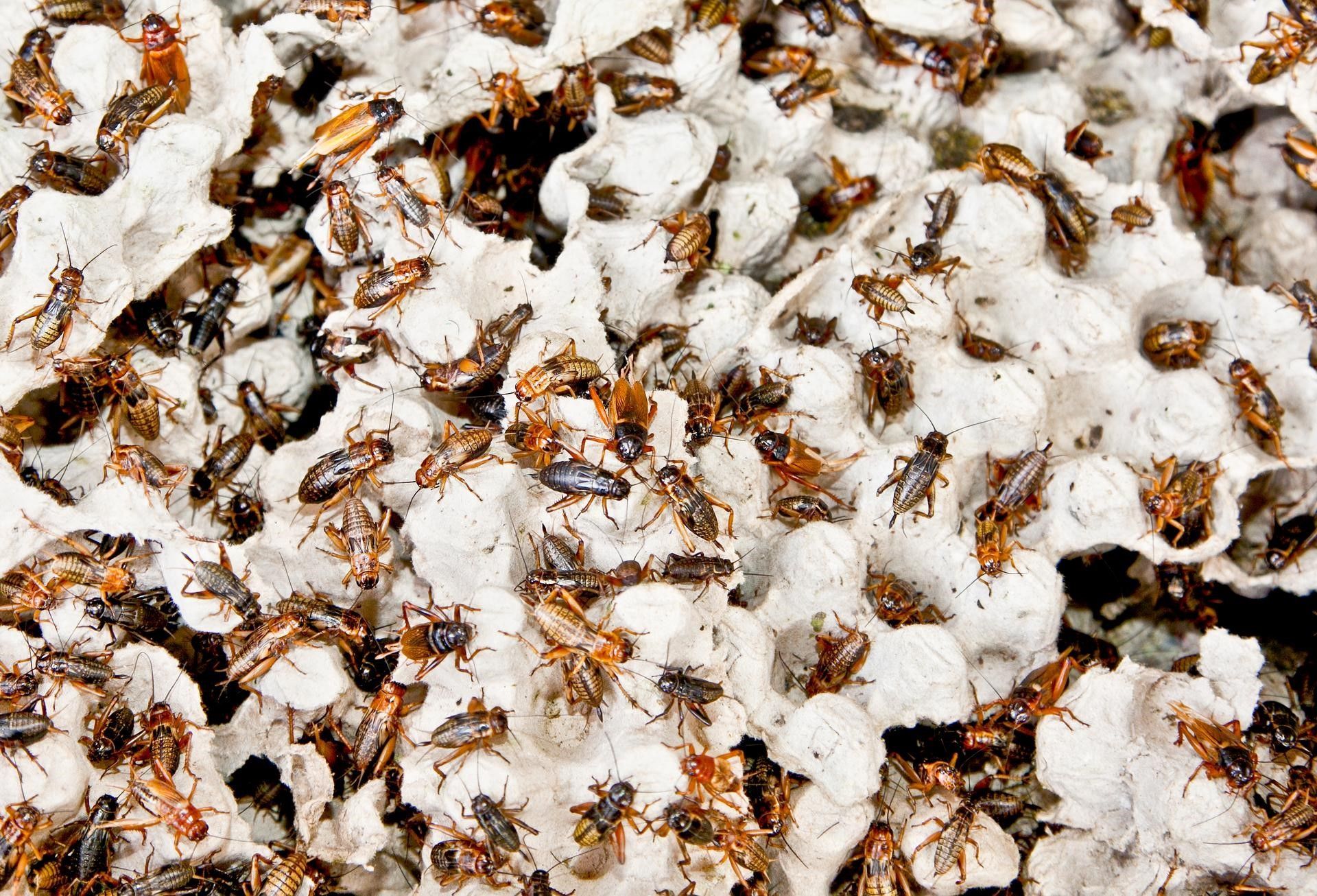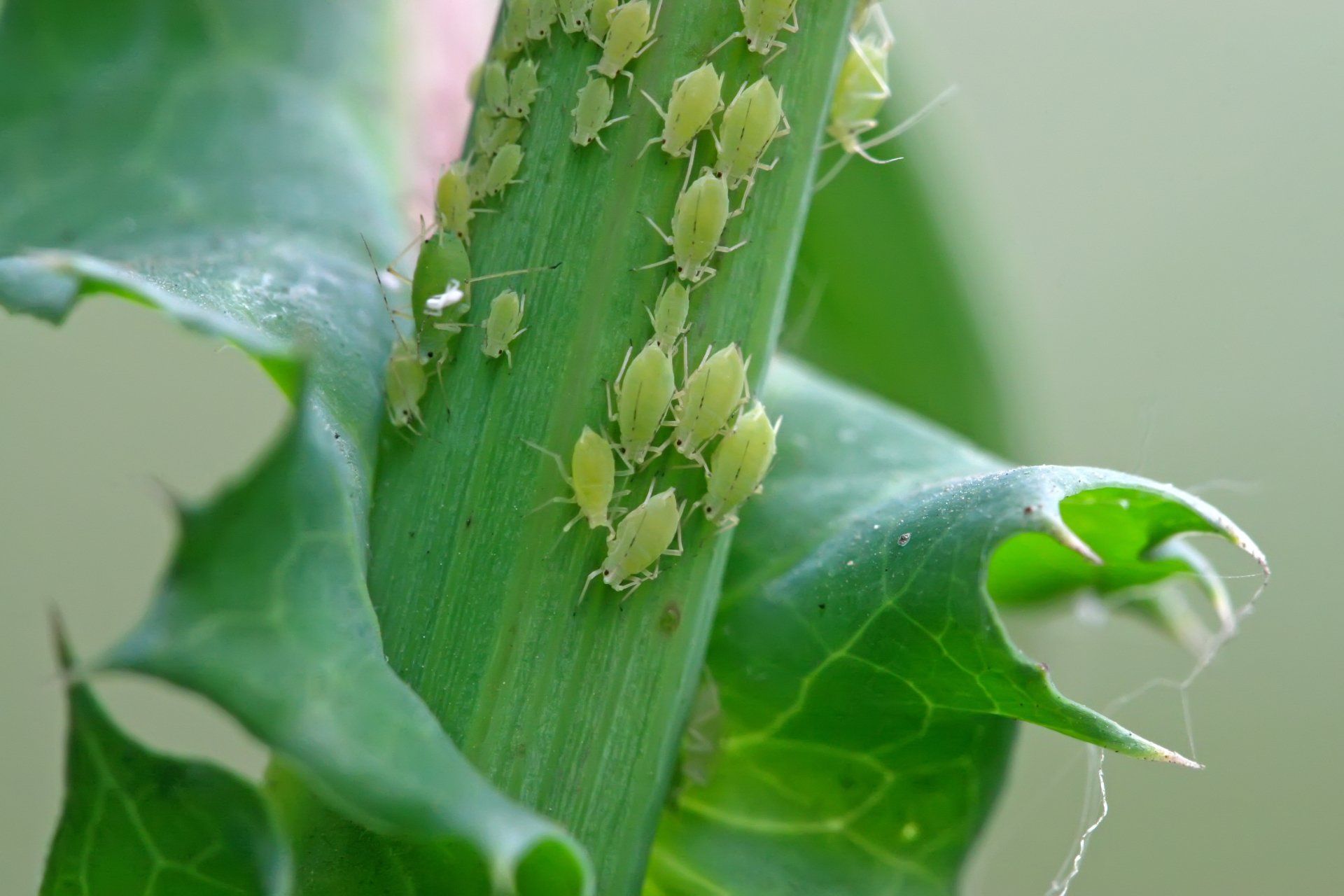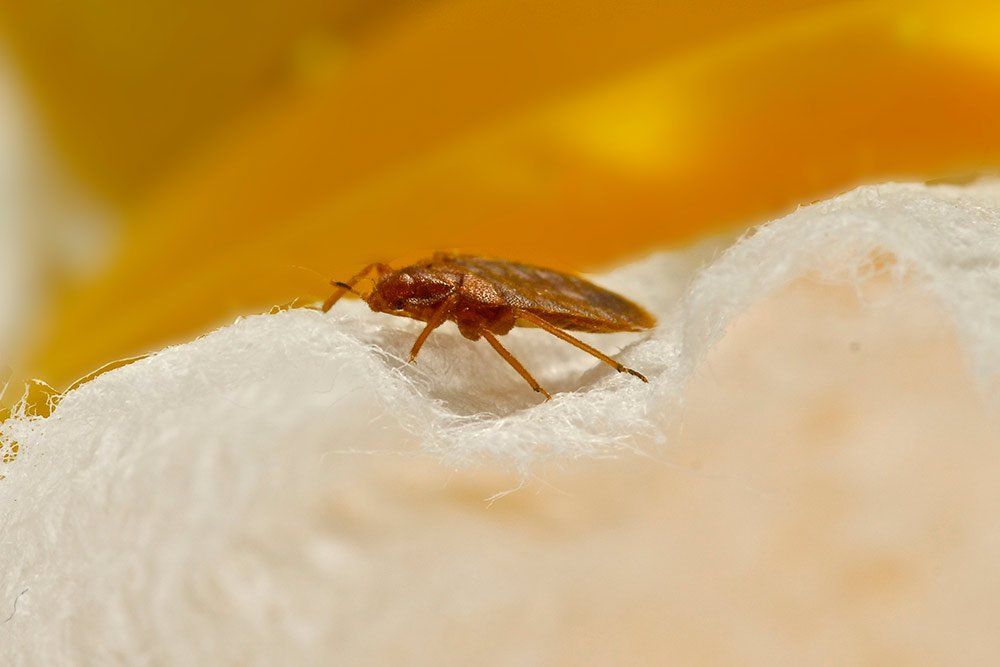As winter approaches, California homeowners gear up for changes in weather patterns. This winter, the region is grappling with the return of El Niño. This climate pattern, characterized by warmer-than-average sea surface temperatures in the central and eastern Pacific Ocean, brings unique challenges for pest control around your home. It is important for homeowners to understand what El Niño means for pest control needs during this winter season.
Increased Rainfall and Mosquito Concerns
One notable feature of El Niño is the likelihood of increased rainfall. While this can be a welcome relief for drought-stricken areas, it also creates an environment conducive to mosquito breeding. Standing water, a common byproduct of heavy rainfall becomes an attractive breeding ground for mosquitoes. To mitigate this, homeowners should regularly inspect and eliminate stagnant water around their properties. Clogged gutters, flowerpot saucers, and bird baths are common culprits that you should monitor and address right away.
This increase in mosquitos may elevate the risk of vector-borne diseases. Mosquitoes, notorious vectors for diseases such as West Nile virus, thrive in environments with abundant standing water. Homeowners should take proactive steps to minimize mosquito breeding grounds, such as using mosquito repellents, installing screens on windows and doors, and ensuring proper drainage in outdoor areas.
Warmer Temperatures and Rodent Activity
El Niño tends to bring milder and warmer temperatures to California. While this may offer a respite from chilly winters, it can also influence the behavior of rodents. Warmer conditions may encourage rodents like mice and rats to be more active, seeking shelter indoors. Homeowners should take preventive measures such as sealing entry points, securing food sources and scheduling regular pest inspections to detect and address potential rodent infestations early.
Lush Vegetation and Pest Shelter
The increased rainfall associated with El Niño leads to lush vegetation growth. While this is beneficial for the environment, it can create additional challenges for homeowners. Overgrown vegetation provides ideal hiding places and breeding grounds for pests. Regular landscaping and vegetation maintenance become crucial during El Niño winters. Trim overgrown branches, clear debris, and maintain a well-groomed yard to reduce potential pest infestations.
Increased Indoor Pest Activity
Homeowners may notice increased pest activity indoors. The combination of warmer temperatures and access to resources can prompt pests like ants, cockroaches, and spiders to seek shelter inside homes. To address this, homeowners should implement a proactive approach to pest control. Seal cracks and crevices, keep food stored in airtight containers, and schedule regular pest inspections to detect and address potential issues before they escalate. Routine barrier treatments can help keep pests at bay, even throughout milder winter seasons where pests are more widespread.
Agricultural Impact and Pest Management Concerns
The influence of El Niño extends beyond residential areas, impacting agricultural landscapes as well. California has vast acres of agricultural land that need protection from pest problems. Pests that affect crops may respond to changes in temperature and precipitation. Homeowners in rural or suburban areas should stay informed about regional pest trends and collaborate with local agricultural authorities to implement effective pest management strategies. This may include targeted pesticide applications and integrated pest management practices.
As you can see, El Niño winter in California brings unique challenges for homeowners in terms of pest control. By understanding the specific impacts of increased rainfall, warmer temperatures, and lush vegetation, homeowners can develop a comprehensive seasonal pest control game plan. From mosquito prevention to rodent control and vegetation management, proactive measures can make a significant difference in maintaining a pest-free home during the winter months.
For more information about how to keep your home safe from pest problems this winter, contact
Area Wide Exterminators
today.
